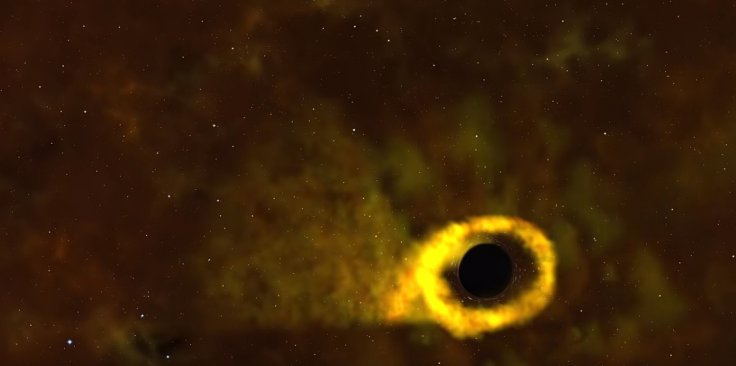
A new study carried out by a team of astronomers revealed that a small black hole within Earth's neighbourhood is devouring an adjacent star.
As it continues consuming the star, the black hole is producing radiant light emissions that are brighter than a hundred suns.
The study conducted by the astronomers on the black hole was published in the journal Monthly Notices of the Royal Astronomical Society.
As indicated in the study, the black hole is known as MAXI J1820+070. It is situated about 10,000 light-years from Earth and was initially discovered in 2018.
According to the astronomers, they were able to detect the bright emissions of the black hole using the data compiled by the NICER observatory on NASA's International Space Station as well as the multi-beam imager HiPERCAM of the Gran Telescopio Canarias.
Based on their observations, the astronomers noted that MAXI J1820+070 is smaller than the Milky Way's supermassive black hole. According to their data, the black hole is only seven times the mass of the Sun. But, even though it's considered as a small one, the black hole is still capable of producing powerful light emissions as it consumes a nearby star.
According to the astronomers, as the black hole absorbs and devours the cosmic material from the neighbouring star, an accretion disc forms around it.
The magnetic, gravitational and frictional forces within the disc generate incredible heat, causing the black hole glimmer and emit high levels of X-rays and visible light radiation.
The astronomers were able to obtain footage of the black hole as it flashed it's lights, using data from NICER and HiPERCAM. John Paice, the lead author of the study, said that the emissions produced by MAXI J1820+070 were as bright as a hundred suns.
"The movie was made using real data, but slowed down to 1/10th of actual speed to allow the most rapid flares to be discerned by the human eye," he said in a statement.
"We can see how the material around the black hole is so bright, it's outshining the star that it is consuming, and the fastest flickers last only a few milliseconds – that's the output of a hundred Suns and more being emitted in the blink of an eye," Paice added.









